I'll Believe That Governments Want To "empower Disabled People To Achieve Employment" When They Actually:
I'll believe that governments want to "empower disabled people to achieve employment" when they actually:
Legislate broader work-from-home abilities for jobs that don't actually require in-office presence
Strengthen employment discrimination laws so employers stop thinking that the easiest way to get around having to accommodate a disabled employee is just to fire them
Actually create systems where they, the government, monitor and enforce accessible environments and building codes. The onus shouldn't be on us to get the money to hire a lawyer and sue our own workplaces to get our basic access needs met.
Include disabled people in minimum wage legislation, instead of leaving legal carve-outs where "substandard workers" can be paid subminimum wage.
Allow disabled people to keep savings accounts of our own, which we don't need anybody else's approval to create or spend
Let us form supportive households, relationships, and marriages without taking away our benefits (especially because this means we have no money of our own if we want to leave those relationships)
Until then, nuh-uh. Fuck off. You're not "empowering" us. You're just pushing us further out onto a perilous ledge because you think you can use inspirational supercrip narratives to force us to perform or die.
More Posts from Kyn-elwynn and Others
Any tips for anatomy? Or
how do you avoid same face/body syndrome?
- an artist who is being strangled by anatomy studies 🥲
Shapework before details, line of action before shapework. Don’t jump into the details unless you have sound basics first.
For what it’s worth, my shapework is very angular/blocky (diamonds, triangles and squares) as opposed to rounded.
Some things I sort do automatically/without thinking:
- Elbows at waist-level
- Top of ear aligns with top of eyes, bottom with the nose tip
- Mouth on same level as where face curves into jaw
- Side of head is flatter than it is round
- An unclothed arm looks like a chain link.
I can’t give you any secret ingredients outside of drawing a lot of varied people! Young and old! Especially old, there’s actually a lot of character to cheekbones and wrinkles a lot of newbie artists are wary of playing with.
Anatomy studies can be hell, but remember what I said about breaking the details down into shapework. Your brain will be able to comprehend shapes better than it does trying to mentally trace over an image or still life.
For same-face syndrome, break the face down into its shapes (Remember the planes of the main face, side of head and cheekbones), and play with length or width of the separate components. Different types of noses—button, flat, sharp, aquiline, etc—and different types of eyes, among others.
For same-body syndrome, I’d say the same thing, but I’d also encourage you to watch pro-wrestling. I’d actually encourage a LOT of people to watch pro-wrestling for body studies since they do have a larger variety of bodies than standard ‘combat’ sports (as wrestlers don’t necessarily have to be ‘perfect’ specimens to actually be successful in their work) and they’re almost always in dynamic movement. Pro-Wrestling is where I honed my skill in drawing buffer folk! Which you can probably tell since I lost my ability to draw bishonen a LONG time ago.
Resources for Mending Clothes

We toss out over 80 pounds of textiles each year. These textiles are often made of plastic materials (polyester, nylon), made in unethical conditions, dyed with harsh dyes that often get put into the rivers, etc. Even a single cotton shirt releases carbon emissions and uses tons of water.
So the best thing to prevent the unsustainable growth of the fashion industry is to make sure that your clothing lasts as long as possible. To do so, mending clothing is a must. So here are some resources to help you learn how to do various things, such as sewing a button, to tailoring clothes, or even upcycling old clothing into new styles.
* How to sew on three different types of button
* How to hand sew on a patch on a torn pair of jeans
* How to sew up a hole in an old shirt
* How to sew a simple T-shirt
* How to upcycle old clothing into new clothing
* More upcycle and sewing techniques
* How to repair a damaged sock
* How to do an invisible stitch
* 3 different stitches to work with for different results
* How to make a T-shirt smaller so it fits you better
* How to make repairs to your shoes
These are just a few of the things that you can do in order to make sure that your clothing lasts for a long time. Nobody wants to keep buying new clothing, as it is expensive and wasteful.
So making alterations to your clothing, or fixing small holes hen you see them can be hugely beneficial to your wallet, to garment workers, and to the environment in the long term.




Richard Goldstein & James Baldwin | The Last Interview

Shout out to all the Black ppl that can no longer participate directly in the fandom they love because of the stresses of racism 👍🏾 you contain multitudes of value and I'm sorry that the color of your skin and the power of your voice makes people not want to acknowledge that.
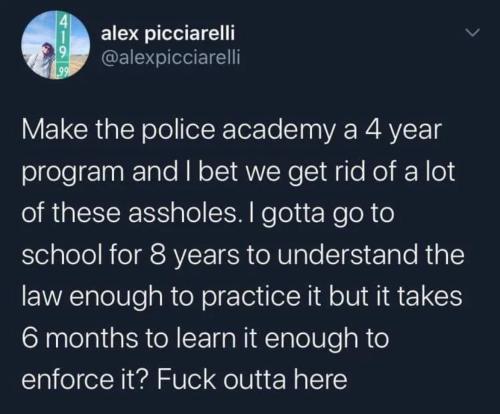
now say it with me: authors/artists dont owe you moral purity. an author/artist job is not to hold you by the hand & tell you exactly what is Good™ & what is Bad™. you should be able to think for yourself

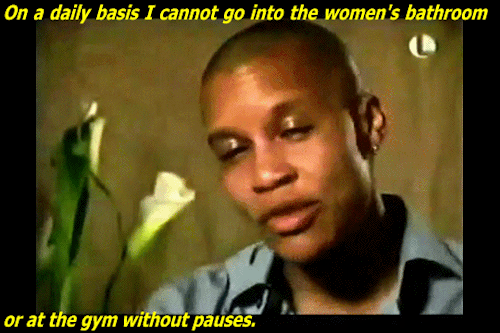
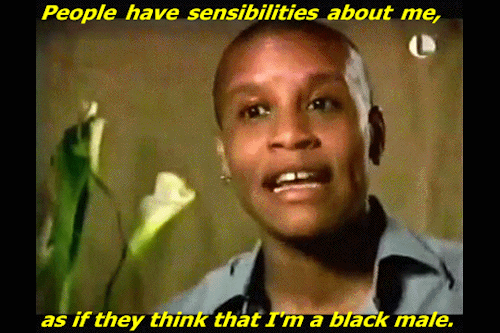

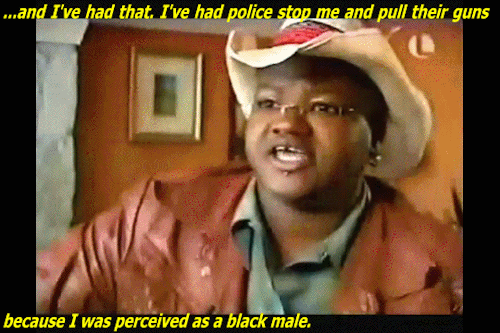
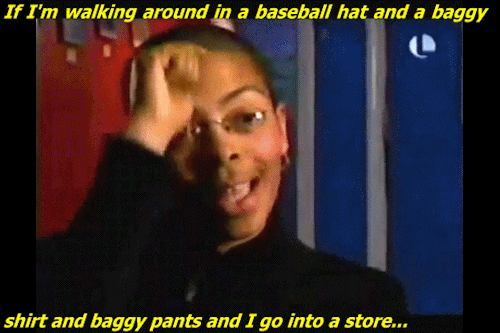


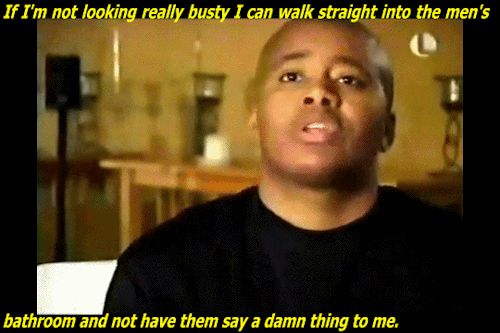
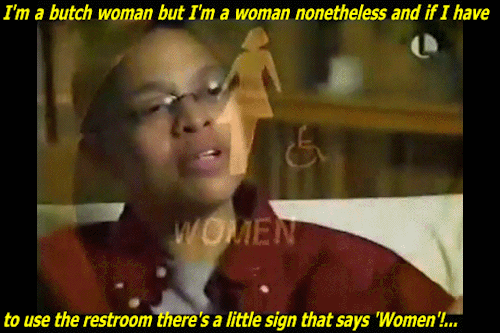

-
 optimisticgalaxynightmare reblogged this · 2 months ago
optimisticgalaxynightmare reblogged this · 2 months ago -
 qs-prn liked this · 2 months ago
qs-prn liked this · 2 months ago -
 fishbuttz reblogged this · 2 months ago
fishbuttz reblogged this · 2 months ago -
 sugarforsalt liked this · 2 months ago
sugarforsalt liked this · 2 months ago -
 bobbiflekman reblogged this · 2 months ago
bobbiflekman reblogged this · 2 months ago -
 princeoftenderness liked this · 2 months ago
princeoftenderness liked this · 2 months ago -
 givekelsiercocaine reblogged this · 2 months ago
givekelsiercocaine reblogged this · 2 months ago -
 queer-cosette liked this · 2 months ago
queer-cosette liked this · 2 months ago -
 lpardalinum reblogged this · 2 months ago
lpardalinum reblogged this · 2 months ago -
 leethality reblogged this · 2 months ago
leethality reblogged this · 2 months ago -
 indigo--montoya reblogged this · 2 months ago
indigo--montoya reblogged this · 2 months ago -
 humangirl08 liked this · 2 months ago
humangirl08 liked this · 2 months ago -
 sidebyside-withafriend liked this · 2 months ago
sidebyside-withafriend liked this · 2 months ago -
 death-metal-lord liked this · 2 months ago
death-metal-lord liked this · 2 months ago -
 scoutbokmal20 reblogged this · 2 months ago
scoutbokmal20 reblogged this · 2 months ago -
 scoutbokmal20 liked this · 2 months ago
scoutbokmal20 liked this · 2 months ago -
 theleprechaunqueen reblogged this · 2 months ago
theleprechaunqueen reblogged this · 2 months ago -
 lowpolyanna reblogged this · 2 months ago
lowpolyanna reblogged this · 2 months ago -
 seattlesinbin liked this · 2 months ago
seattlesinbin liked this · 2 months ago -
 wyyvoren liked this · 2 months ago
wyyvoren liked this · 2 months ago -
 queen-takes-knight reblogged this · 2 months ago
queen-takes-knight reblogged this · 2 months ago -
 noinou reblogged this · 2 months ago
noinou reblogged this · 2 months ago -
 otakusapien reblogged this · 2 months ago
otakusapien reblogged this · 2 months ago -
 zouisreunion2025 reblogged this · 2 months ago
zouisreunion2025 reblogged this · 2 months ago -
 rabbit-exe liked this · 2 months ago
rabbit-exe liked this · 2 months ago -
 a-flickering-soul reblogged this · 2 months ago
a-flickering-soul reblogged this · 2 months ago -
 imalump reblogged this · 2 months ago
imalump reblogged this · 2 months ago -
 staunchen liked this · 2 months ago
staunchen liked this · 2 months ago -
 plum-petunia reblogged this · 2 months ago
plum-petunia reblogged this · 2 months ago -
 plum-petunia liked this · 2 months ago
plum-petunia liked this · 2 months ago -
 thefrogswhospoke liked this · 2 months ago
thefrogswhospoke liked this · 2 months ago -
 bravelikejames reblogged this · 2 months ago
bravelikejames reblogged this · 2 months ago -
 geckobrains liked this · 2 months ago
geckobrains liked this · 2 months ago -
 threecatjamboree reblogged this · 2 months ago
threecatjamboree reblogged this · 2 months ago -
 knight-of-skyloft liked this · 2 months ago
knight-of-skyloft liked this · 2 months ago -
 givekelsiercocaine reblogged this · 2 months ago
givekelsiercocaine reblogged this · 2 months ago -
 alyriahrose reblogged this · 2 months ago
alyriahrose reblogged this · 2 months ago -
 friends-call-me-snow-miser liked this · 2 months ago
friends-call-me-snow-miser liked this · 2 months ago -
 sin-esthezia liked this · 2 months ago
sin-esthezia liked this · 2 months ago -
 amylasen reblogged this · 2 months ago
amylasen reblogged this · 2 months ago -
 qiumisan liked this · 2 months ago
qiumisan liked this · 2 months ago -
 who-needs-words liked this · 2 months ago
who-needs-words liked this · 2 months ago -
 apollothegod22 liked this · 2 months ago
apollothegod22 liked this · 2 months ago -
 ireadwithmyears reblogged this · 2 months ago
ireadwithmyears reblogged this · 2 months ago -
 ireadwithmyears liked this · 2 months ago
ireadwithmyears liked this · 2 months ago -
 i-lika-da-snke1222 liked this · 2 months ago
i-lika-da-snke1222 liked this · 2 months ago
